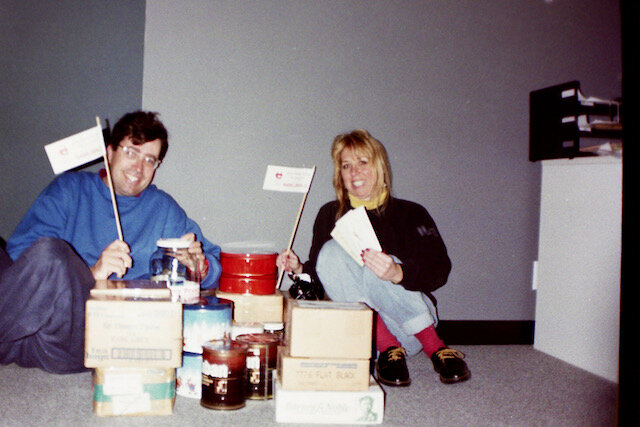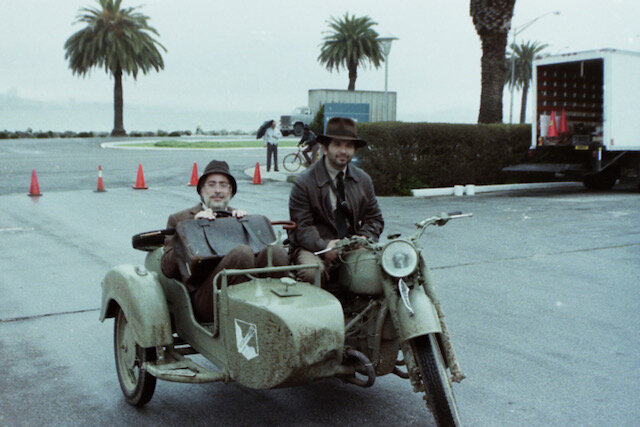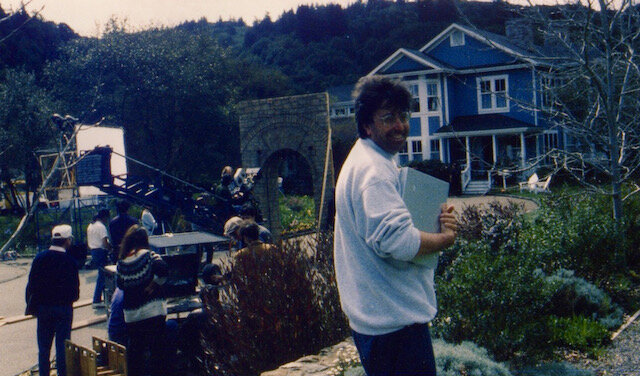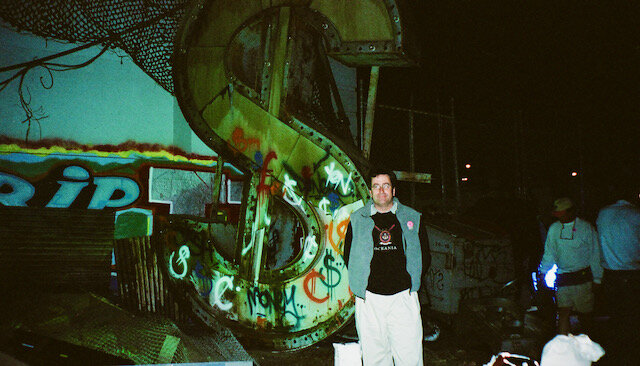John Schlag grew up in Baltimore and became the church organ player from the ages of 13 to 17. Everyone thought he'd grow up to become a music major but instead he studied electrical engineering at University of Delaware and later attended Carnegie Melon for his Master's degree. He spent a few years at NYIT and then drove across the country on his motorcycle. He later landed at MacroMind (later to become Macromedia) where he worked with Alex Seiden developing a 3D program that never launched in time. He then landed a job in 1990 at ILM in the computer graphics division on Terminator 2 followed up by Death Becomes Her. John helped develop Viewpaint for Jurassic Park. He helped supervise and set up tools for the crowd scenes in Forrest Gump and the pingpong scenes with the digital pingpong ball.
After four years at ILM John left to work as a freelance consultant and to spend more time being a dad. John moved to Germany for a few years working as a VFX supervisor on numerous projects and later landed at ESC Entertainment to work on the Matrix sequels. Since then he’s has worked with Nvidia, Sony Imageworks, Digital Domain, Adobe Research, and Google.
John is a great storyteller and shares his knowledge and perspective on the evolution of digital tools and the immeasurable value of experience.
John Schlag, Doug Smythe, Dennis Turner, Rita Zimmerman, & Grant McGlashan play ping-pong on one of the ILM stages at the Kerner facility between takes while serving as extras on one of the Star Trek Next Generation movies.




















